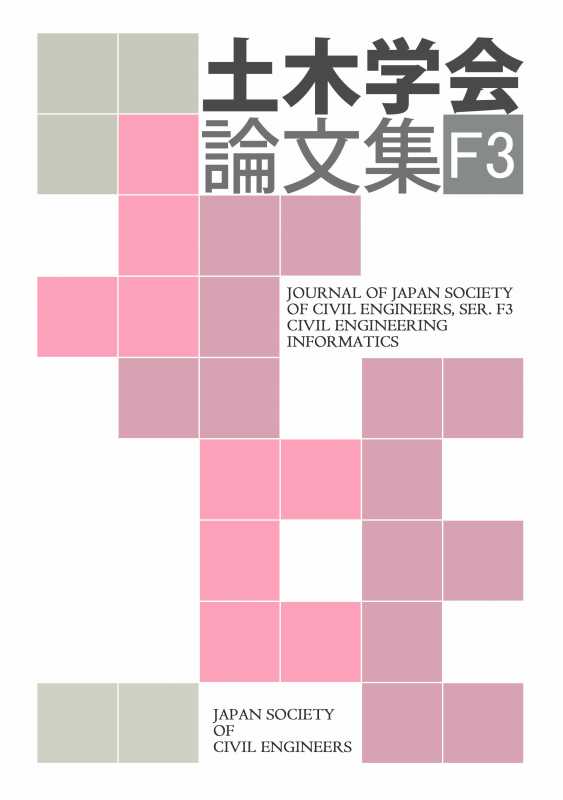Volume 78, Issue 1
Displaying 1-4 of 4 articles from this issue
- |<
- <
- 1
- >
- >|
Paper (In Japanese)
-
2022 Volume 78 Issue 1 Pages 1-14
Published: 2022
Released on J-STAGE: February 20, 2022
Download PDF (3877K) -
2022 Volume 78 Issue 1 Pages 21-34
Published: 2022
Released on J-STAGE: July 20, 2022
Download PDF (1746K) -
2022 Volume 78 Issue 1 Pages 35-42
Published: 2022
Released on J-STAGE: December 20, 2022
Download PDF (918K)
Technical Note (In Japanese)
-
2022 Volume 78 Issue 1 Pages 15-20
Published: 2022
Released on J-STAGE: April 20, 2022
Download PDF (1941K)
- |<
- <
- 1
- >
- >|
